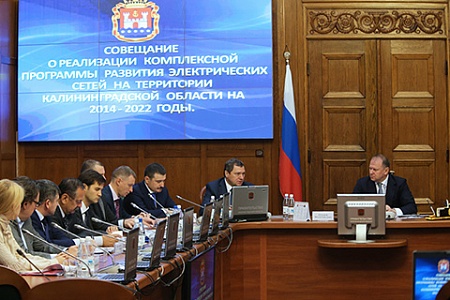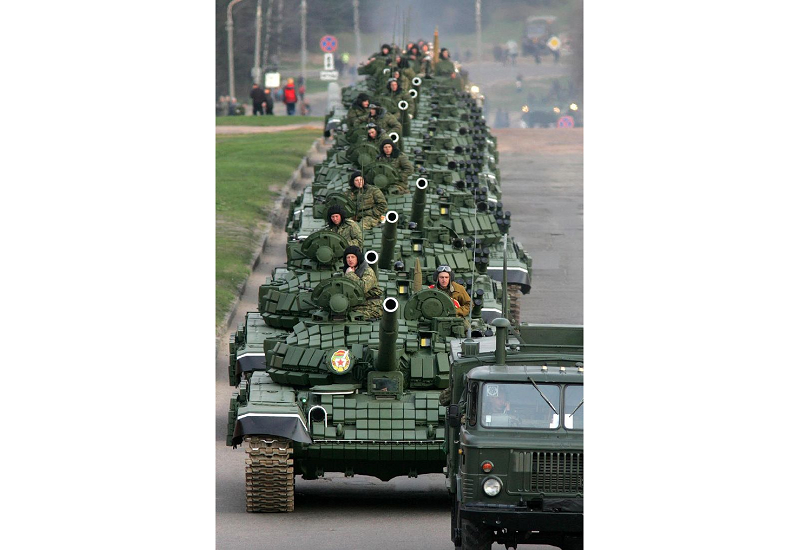Thirty years ago this week, the Chornobyl Nuclear Power Plant accident set in train the forces that destroyed the Soviet Union and that are still driving it apart. Not only did it force Mikhail Gorbachev to turn to glasnost after initially covering up the event, but more important, it helped dispel the fear Russians, Belarusians and Ukrainians had of the party bosses.
It highlighted how indifferent the Communist leaders were to the tragedies of those they liked to say were part of the family of Soviet peoples, an attitude that continues to this day when as Belarusian Nobelist Svetlana Aleksievich says, Alyaksandr Lukashenka is given safe food while others are given radioactive kinds.
And it called attention to the ways in which Moscow was prepared to put non-Russians at greater risk than Russians from risky nuclear technologies – half of the USSR’s nuclear power plants were in the non-Russian portion of the country – but also that when push came to shove, it would protect ethnic Russians against the others.
It was widely reported at the time and is very likely true that Soviet planes seeded the clouds to the east of Chornobyl so that fallout would not spread to Russia, an act of ethnic selectivity that still riles many in Belarus, the country that suffered and continues to suffer the most from the disaster.
The accident brought to the fore heroic leaders like Stanislav Shushkevich, a specialist on nuclear physics, who by his heroism and against the wishes of the Soviet authorities, helped save tens of thousands of people from the horrific diseases and death that radiation can cause. He became his country’s first president as a result.
Out of self-interest or other anything but honorable reasons, officials and even scholars in many countries have played down the impact of Chornobyl. The IAEA ascribed to poverty and poor medical care illnesses in the radiated zone many medical problems that were clearly related to Chornobyl. And the post-Soviet regimes have talked about it largely only on anniversaries.’
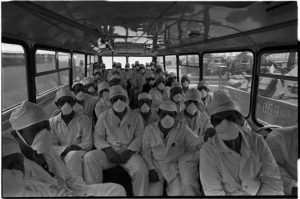
But the population knows and suspects even more as Aleksievich has documented and as some concerned groups have said. Belarusian ecologist Tatyana Novikova argues that “Chornobyl continues” to this day, with more than a million Belarusians still living in dangerously contaminated areas.
Except on anniversaries and when they think they can extract money from the West, Mensk officials play down the danger, she continues, and even taken the unwarranted steps of speaking about Chornobyl only in the past tense and reducing the size of the exclusion zone each year putting ever more people at risk.
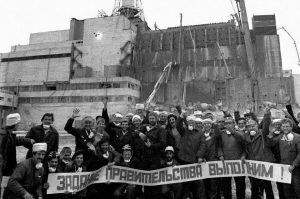
Novikova says that it is “a dangerous misconception” to think that people can now live safely on the areas that were contaminated by the Chornobyl accident. Some of the radiation has been washed away, but the half-life of many of the components is still centuries in the future; and people in the zone continue to suffer from higher rates of cancer and other diseases.
Politically, the current Belarusian regime may ignore all this, but Belarusians are not: they have their fears and they have drawn political conclusions. Some of these are suggested by the opposition Rada of the Belarusian Peoples Republic, a group that Lukashenka pushed out of the way but has not silenced.
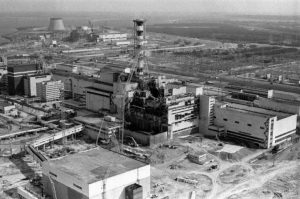
In its declaration on this year’s anniversary of the 1986 disaster that had to be distributed first via Facebook, the Rada declared that “Belarus suffered more than all other countries from Chornobyl, and the consequences of this catastrophe will be felt in Belarus for many centuries. A third of [its] territory was contaminated” and illnesses from it increased dramatically.
The Rada said that “direct responsibility for the Chornobyl catastrophe and its consequences for Belarus are born by the totalitarian communist regime, both the central all-Union powers and the occupation ‘republic’ authorities of the Belarusian SSR” given “the ineffective Soviet system of economics, ineffective Soviet technologies” and so on.
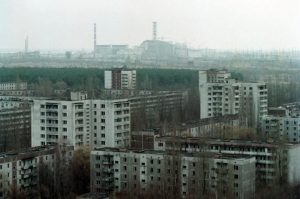
“After the accident, the communist authorities strove to keep quiet or understate the extent of what had happened until radiation from Chornobyl spread to the countries of Western Europe.” The communist leaders displayed “criminal inaction in the most critical first days,” even holding the May 1 demonstrations and putting more people at risk.
“The Rada of the Belarusian Peoples Republic points out that Belarus did not receive any compensation from the central Soviet authorities nor from the legal successor of the USSR – the Russian Federation.” And it notes that Belarus, using Soviet technology and Russian contractors, has gone ahead and built another nuclear power plant near the border with Lithuania.
Until Belarus recovers its democracy and the Belarusian people can express their outrage effectively about all of this, the Rada says, there is a great danger that all of this will continue and that the consequences of Chornobyl, which opened the way for the recovery of Belarusian statehood, will continue to cast a dark shadow on Belarus and her neighbors.
Related:
- Chornobyl: the secret tragedy which led to the collapse of the Soviet Union
- Ukraine’s Chornobyl, like Russia’s Chelyabinsk before it: Symbols of untenable Soviet moral decay
- The Chornobyl Dictionary: Too Hot to Hide
- Ukraine worried about wartime threat to nuclear facilities
- Nebesna Sotnya: Antonyna Dvoryanets, liquidator of Chornobyl disaster
- Kremlin propaganda, fellow travelers, and the third Russo-Ukrainian war




